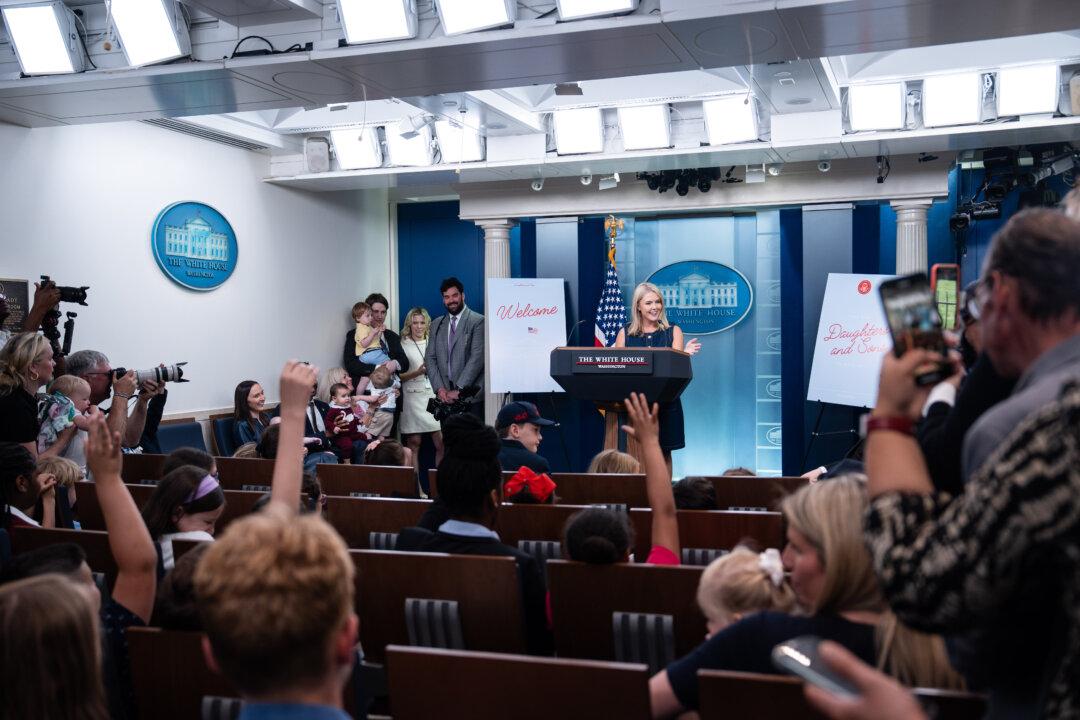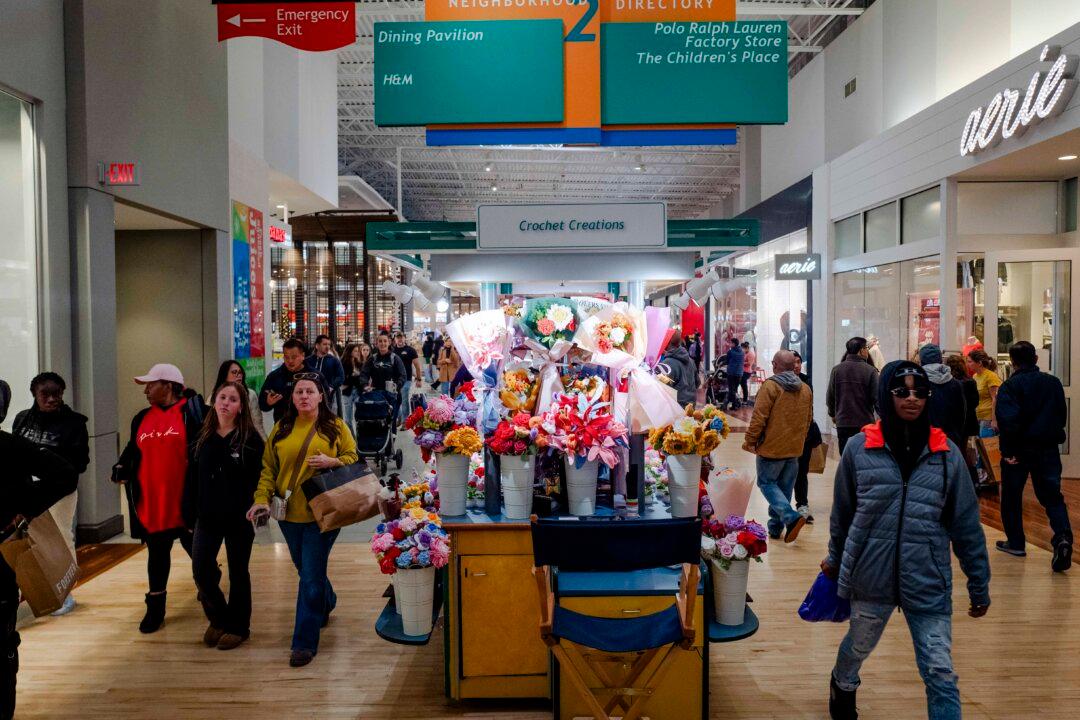Social media, Snapchat in particular, may be making it easier for young people to purchase lethal pills, a congressional roundtable was told on Jan. 25.
Snapchat is known for an app that automatically deletes messages after the receiver reads them, making it possible for drug dealers to take advantage of that feature, witnesses said during the hearing.





